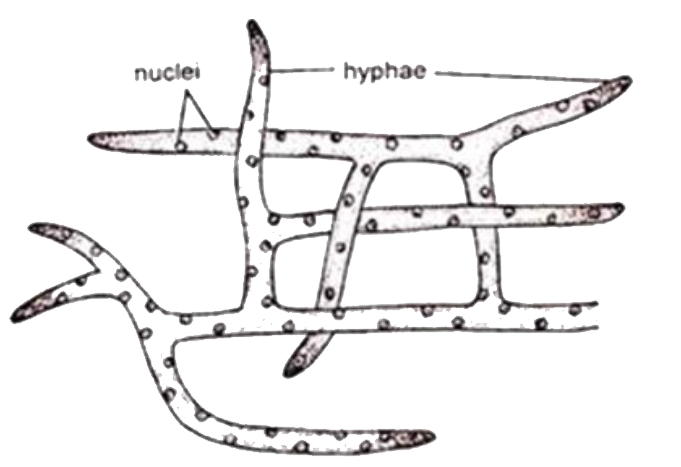Which of the following set of organisms shows dioecious conditions ?
Ancylostoma, Aedes, Limulus
Ancylostoma, Periplaneta, Pheretima
Aedes, Limulus, Hirudinaria
Fasciola, Ascaris, Ophiura
The correct Answer is:A
To determine which set of organisms shows dioecious conditions, we need to understand what dioecious means. Dioecious organisms have distinct male and female individuals, meaning that male and female reproductive organs are not found in the same organism.
1. Define Dioecious Conditions:
- Dioecious organisms are those where male and female reproductive organs are found in separate individuals. This is in contrast to monoecious organisms, where both male and female organs are present in the same individual.
2. Analyze the Given Organisms:
- We need to evaluate the provided organisms to see if they are dioecious or monoecious.
3. Examine Each Organism:
- Encyclostoma (Hookworm): This organism is dioecious as it has separate male and female individuals.
- Aedes (Mosquito): This organism is also dioecious, with distinct male and female mosquitoes.
- Limulus (King Crab): This organism is dioecious as well, with separate sexes.
4. Look at Other Options:
- Periplaneta (Cockroach): Generally, cockroaches are dioecious, but we need to look at the next organisms.
- Ferritima (Earthworm): Earthworms are monoecious, meaning they have both male and female reproductive organs in the same individual.
- Herudinaria (Leech): Leeches are also monoecious.
- Fasciola (Flatworm): This organism is monoecious.
- Ascaris (Roundworm): This organism is dioecious.
- Ophiura (Brittle Star): This organism is dioecious.
5. Conclusion:
- The organisms that are dioecious from the options provided are Encyclostoma, Aedes, and Limulus. Therefore, the correct answer is the set that includes these three organisms.
Final Answer:
The set of organisms that shows dioecious conditions is Encyclostoma, Aedes, and Limulus.
---
- Dioecious organisms are those where male and female reproductive organs are found in separate individuals. This is in contrast to monoecious organisms, where both male and female organs are present in the same individual.
- We need to evaluate the provided organisms to see if they are dioecious or monoecious.
- Encyclostoma (Hookworm): This organism is dioecious as it has separate male and female individuals.
- Aedes (Mosquito): This organism is also dioecious, with distinct male and female mosquitoes.
- Limulus (King Crab): This organism is dioecious as well, with separate sexes.
- Periplaneta (Cockroach): Generally, cockroaches are dioecious, but we need to look at the next organisms.
- Ferritima (Earthworm): Earthworms are monoecious, meaning they have both male and female reproductive organs in the same individual.
- Herudinaria (Leech): Leeches are also monoecious.
- Fasciola (Flatworm): This organism is monoecious.
- Ascaris (Roundworm): This organism is dioecious.
- Ophiura (Brittle Star): This organism is dioecious.
- The organisms that are dioecious from the options provided are Encyclostoma, Aedes, and Limulus. Therefore, the correct answer is the set that includes these three organisms.
The set of organisms that shows dioecious conditions is Encyclostoma, Aedes, and Limulus.
Topper's Solved these Questions
Similar Questions
Knowledge Check
Which of these organisms show budding?
AYeastBHydraCSpongesDAll of theseWhich one of the following plant does not show dioecious condition?
AMarchantiaBPapayaCDate palmDCoconutWhich of the following set of plant shows autogamy ?
AViola and RoseBZostera and RoseCZostera and OxalisDViola and Oxalis
Which of the following pairs of organisms shows heterothallism?
View SolutionWhich of the following is not dioecious?
View SolutionWhich one of the following set of organisms have no position in five kingdom system ?
View SolutionWhich of the following organisms will show a condition as depicted in the following diagram ?

View SolutionWhich of the following sets of animals shows a close taxonomic relationship ?
View Solution
